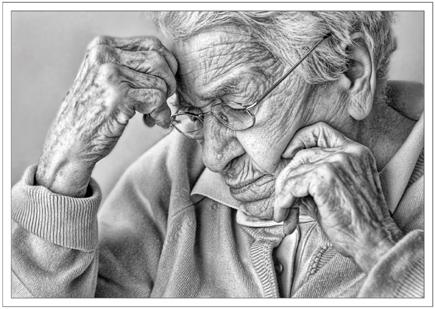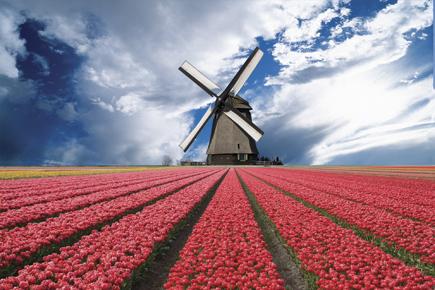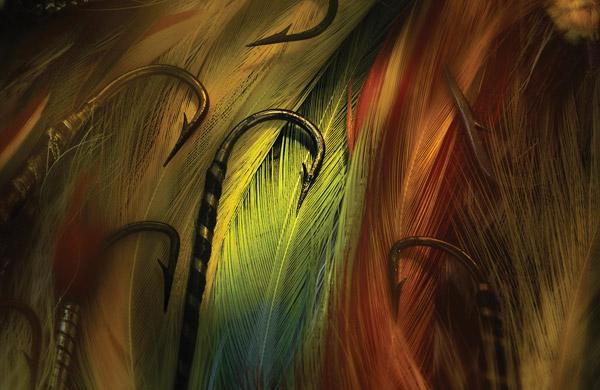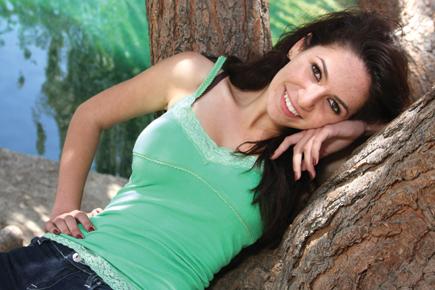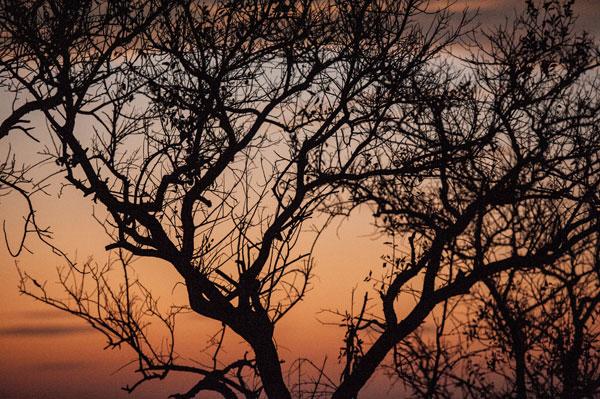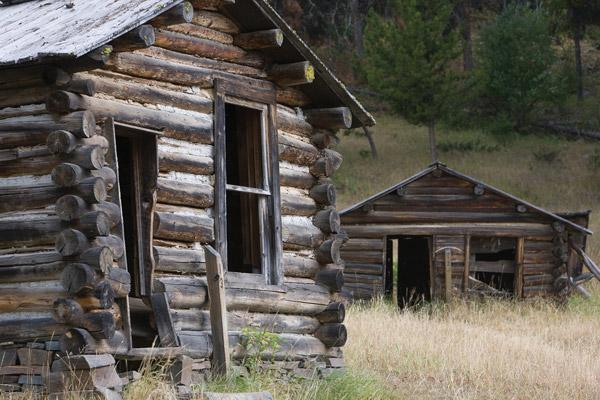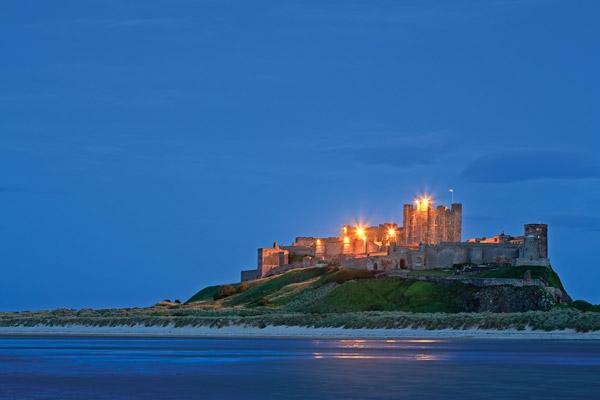Pro Techniques
Sort By: Post DateTitle Publish Date
|
Oct 01, 2008 |
|
Jul 25, 2012 |
First Published: Jun 01, 2012 |
|
Jul 01, 2008 |
|
Nov 12, 2012 |
First Published: Oct 01, 2012 |
|
Aug 08, 2014 |
|
Oct 01, 2008 |
|
Jan 28, 2014 |
First Published: Dec 01, 2013 |
|
Dec 19, 2012 |
First Published: Nov 01, 2012 |
|
Feb 07, 2013 |
First Published: Jan 01, 2013 |
|
Mar 11, 2014 |
First Published: Jan 01, 2014 |
|
Nov 19, 2012 |
First Published: Oct 01, 2012 |
|
Jan 17, 2014 |
First Published: Feb 01, 2014 |
|
Feb 04, 2014 |
First Published: Dec 01, 2013 |
